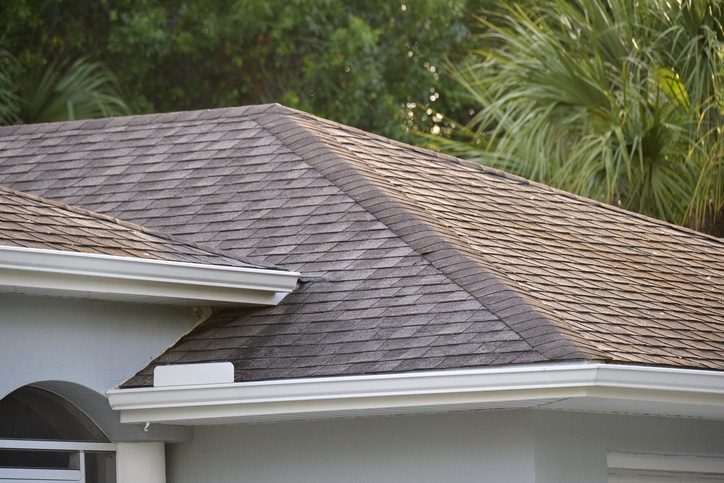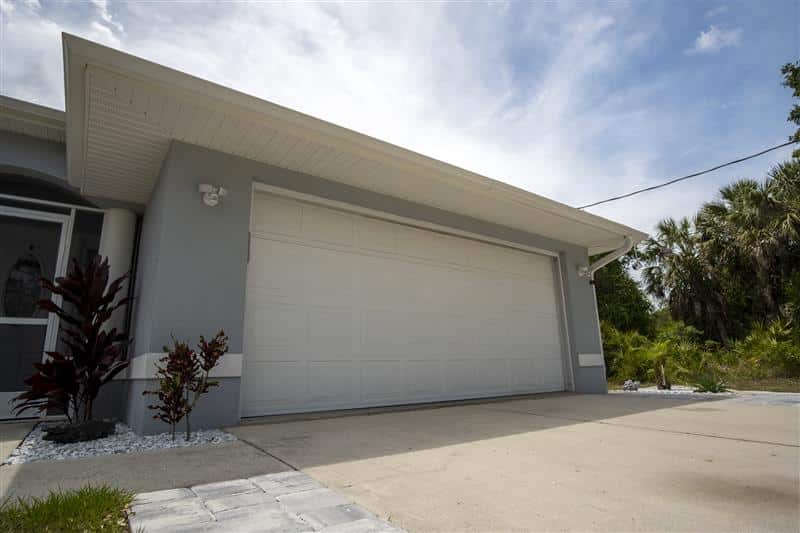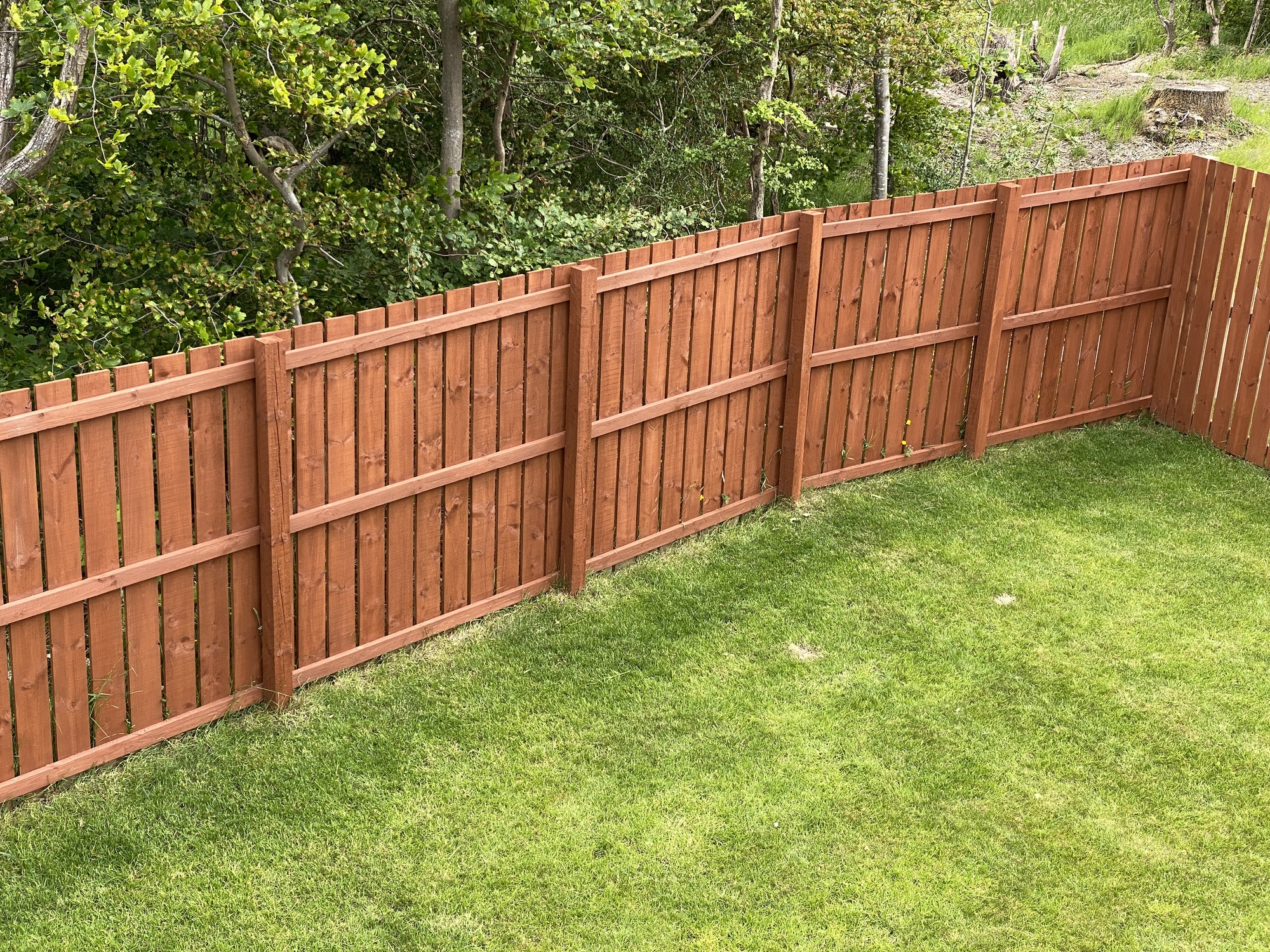Is Your Roof Hurricane-Ready? A Homeowner’s Pre-Storm Checklist

If you live in an area with harsh or extreme weather, the best time to hurricane-proof your roof is now. Hurricanes can wreak havoc on houses, but there are steps you can take to fortify your roof before storm season begins. When you take the extra steps to prep your home for a hurricane, you can prioritize the safety of your family and loved ones. Here’s a pre-storm checklist so you can reinforce your roof before the rain and winds come.
Regular Maintenance and Inspections
The first step to prepping your roof for hurricane season is to do regular maintenance and get your roof inspected. These preventative measures help you identify vulnerabilities in your roof early on, so you have plenty of time to do repairs.
Roof Maintenance
You can DIY roof maintenance or choose to hire professional contractors for these projects. Here are a few basic maintenance tips to keep your roof in good shape:
-
- Trim down tree branches that could fall onto your roof during high winds and heavy rain.
-
- Clear out gutters and downspouts, removing any debris that could result in clogging. You can also test the gutters to ensure water can move through the system easily.
-
- Conduct regular inspections to identify damage and make critical repairs well before the next storm.
Roof Inspections
During the roof inspection, it’s important to conduct a thorough examination of the entire roof and surrounding areas. There’s a possibility that areas in need of repairs are hiding in plain sight. Be sure to follow safety best practices, like wearing protective gear and following local guidelines, if you choose to inspect the roof yourself. Here’s a list of things to look for during your roof inspection:
-
- Water damage
-
- Leaks
-
- Mold or mildew
-
- Loose or worn materials, like shingles, seals, and skylights
-
- Hail damage
-
- Structural instability, such as sagging
-
- Damaged shingles
Upgrade Your Roofing Materials
If you live in an area with harsh weather, such as Tampa or Ft. Myers, your roof probably gets worn out more quickly. By upgrading your roofing materials, you can give your roof a second life and reduce the damage after a hurricane. For example, replacing worn-out shingles or nailing down shingles that need reinforcement is a simple way to strengthen your roof before hurricane season. Additional upgrades include:
-
- Replacing or reinforcing roof decking, which lies underneath the shingles.
-
- Installing a secondary water barrier, like flashing or underlayments, provides additional protection.
-
- Securing any additional items on your roof, such as a vent, cable dish, or antenna.
After you conduct a roofing inspection, you might uncover minimal damage that can be fixed with minor repairs. Other times, there may be significant structural concerns that require the entire roof to be replaced. By inspecting your roof often and upgrading roofing materials as needed, you can prolong the life of your roof and make your home more hurricane-resistant.
Reinforce the Structure
Hurricanes bring high winds and strong squalls, so every little bit of reinforcement helps. After repairs and upgrades, you can reinforce your structure to keep water out and shingles in place. Materials like adhesive, cement, and tie-downs can keep your roof materials in place during a storm.
Apply construction adhesive on the rafters and trusses of your roof, right where the rafters meet the roof deck. Another choice is roofing cement, which goes around the edges of the roof shingles to secure them. Finally, you can add hurricane clips, also known as tie-downs. Tie-downs connect the beams of the roof to your walls so the roof stays in place during a storm.
Find Durable Materials
As you begin working on roof repairs or maintenance projects, it’s best to buy durable, weather-resistant materials. For example, metal roofs can hold up against 140 miles per hour wind gusts. Metal roofing is typically made of aluminum, copper, or zinc. While these materials are more expensive, they are the most durable option.
If you have a shingle roof, consider buying architectural shingles. These thicker shingles are much heavier and thicker than traditional asphalt shingles. They can last between 20 and 30 years, so they tend to fare better in areas that see intense hurricanes.
Prep the Rest of the House
Reinforcing your roof ensures that water can’t get in from above. However, you can also prepare other parts of your home for upcoming storms, fortifying the structure and maximizing safety. Here are a few additional ways to make sure your house can withstand the weather:
-
- Windows: You can purchase hurricane-proof windows to create a strong barrier. But check local inspection regulations before installing new windows, as regulations tend to vary.
-
- Garage door: If you have a garage attached to your house, consider installing a hurricane-resistant garage door that meets local code requirements and keeps wind out.
-
- Yard prep: To prepare the surrounding outdoor area, clear away any foliage and trim weak tree branches. Remember to clear the front and back yard, and to look for any overhanging branches.
Administrative Preparation
Other than maintenance and repairs, it’s useful to double-check your insurance and warranties to make sure you’re covered. You can purchase homeowner’s insurance that specifically covers hurricane-related damages, such as flooding or wind damage. Once you’re set up with good homeowner’s insurance, it’s also beneficial to make a home inventory list in case you need to file an insurance claim in the wake of a storm.
If you’re a homeowner, there are so many things you can do to protect your roof, home, and family during hurricane season. Regular maintenance, reinforced materials, and strategic upgrades strengthen your roof so you can focus on staying safe in an emergency. It’s stressful to prepare for extreme weather, but caring for your roof will pay off in the lon



